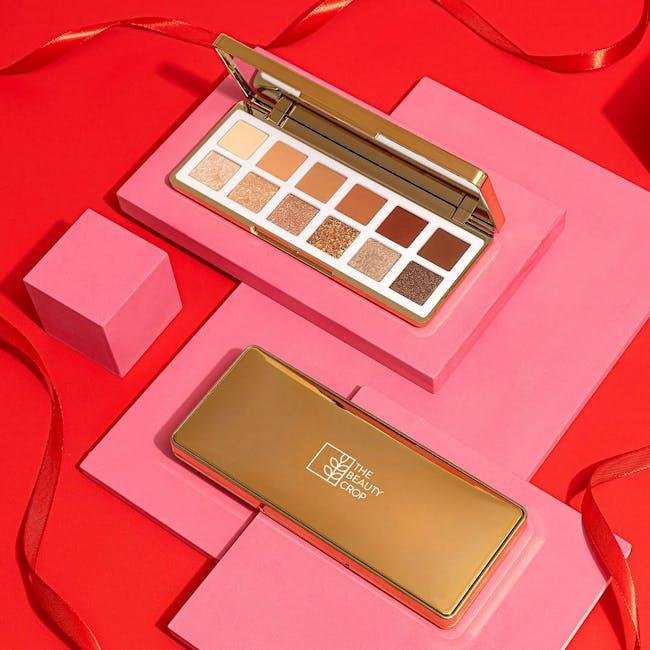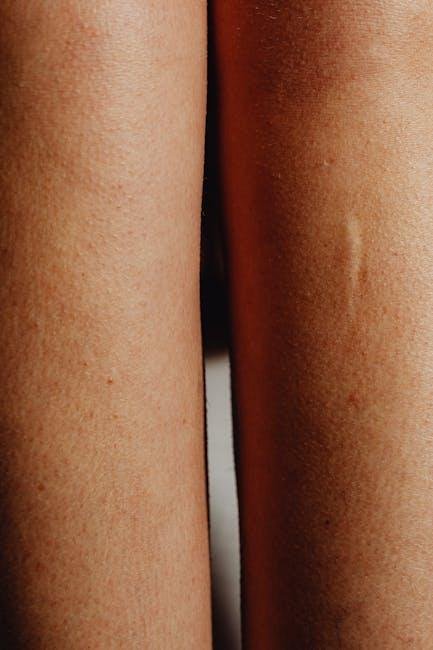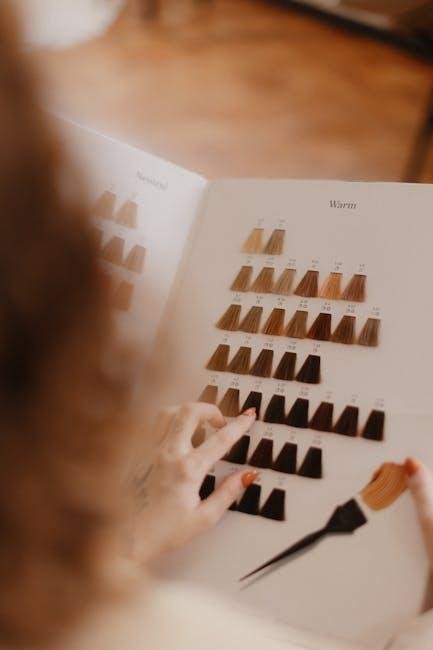In the world of makeup artistry, mastering the art of color correction is akin to wielding a paintbrush on a blank canvas. It’s a skill that transcends mere aesthetics,transforming imperfections into a flawless masterpiece. Whether it’s neutralizing redness, brightening dull skin, or camouflaging dark circles, color correction can be the secret weapon that elevates your beauty routine to professional standards. In this article, we’ll delve into the fundamental techniques, tools, and color theories that makeup artists swear by, empowering you to tackle any challenge in your beauty arsenal. Join us as we unlock the secrets to color correction, guiding you step-by-step to achieve a radiant and even complexion that reflects your true beauty.
Understanding Color Theory for Flawless correction
To master the art of color correction, one must familiarize themselves with the fundamentals of color theory. At its core, color theory revolves around the color wheel, a visual representation of hues arranged in a circle. This tool not onyl helps to understand how colors interact with one another but also aids in identifying complementary tones used for correction. Each color can neutralize its opposite on the wheel; as an example, a peach or orange concealer can beautifully offset the blueness of under-eye circles, while a touch of green can effectively counteract redness caused by blemishes or rosacea.
To apply these principles effectively, consider creating a simple cheat sheet showcasing common color corrections. Equivalent color pairs can guide you in selecting the right products and shades for your unique skin imperfections. Here’s a handy reference table:
| Skin concern | Corrective Color |
|---|---|
| Redness | Green |
| Dark circles (blue/purple) | Peach/orange |
| Yellow undertones | Purple |
| Dark spots | Yellow |
By understanding these fundamental concepts,you can significantly enhance your makeup submission skills,transforming your daily routine into an artful expression.Equipped with the right colors and a clear understanding of their purpose, you’ll find that flawless correction is not only achievable but also an exhilarating journey of creativity.

Essential Tools and Products every Makeup Artist Swears By
Every makeup artist has their go-to essentials that elevate their craft and ensure flawless results. A perfect color correction palette is paramount, allowing for the seamless neutralization of imperfections. Cream-based correctors often come highly recommended as they blend effortlessly into the skin, offering coverage without a cakey finish. In addition, high-quality brushes are indispensable tools; a mix of precise and fluffy brushes can help achieve that airbrushed look. Some artists also swear by beauty sponges, which help blend product flawlessly, providing a more natural finish to color-corrected areas.
Another must-have in any makeup artist’s kit is a reliable setting spray. This is essential for locking in the look all day, particularly after a meticulous color correction. Brushes and sponges frequently enough require proper maintenance; thus, artists frequently utilize brush cleansers to keep their tools in top condition and bacteria-free. Here’s a quick overview of some recommended products:
| Product | type | Key Benefit |
|---|---|---|
| Color corrector Palette | Cream | Versatile shade selection |
| premium Makeup Brushes | tool | Precision application |
| Beauty Sponges | Tool | Flawless blending |
| Setting Spray | Liquid | Long-lasting wear |
| Brush Cleanser | Liquid | Hygiene maintenance |

Techniques for Targeting Common Skin Imperfections
Color correction is an art that can transform your makeup game, allowing you to conquer a range of skin imperfections with ease. Understanding the color wheel is crucial; it lays the foundation for identifying complementary hues that neutralize unwanted tones. To address redness, such as blemishes or rosacea, a green primer or concealer is a go-to solution.on the other hand, if you’re battling dark circles or purple undertones, a peach or orange concealer will work wonders in brightening the eye area and bringing life back to your complexion.
When it comes to achieving a flawless canvas, consider employing the following techniques:
- Use the right tools: A beauty sponge can blend colors seamlessly, while a stiff brush is ideal for precise application.
- Layer wisely: Start with a thin layer of correction product, then build coverage as needed to avoid a cakey appearance.
- Set with powder: Lock your color-corrected look in place with a translucent setting powder to prevent creasing and ensure longevity.
| Skin Imperfection | Correcting Color |
|---|---|
| Redness | Green |
| Dark Circles | Peach/Orange |
| yellowness | Lavender |
| Dark Spots | Yellow |

Creating a Customized Color Correction Palette
Creating your own color correction palette allows you to tailor your makeup routine to your specific skin concerns. Start by identifying your needs and selecting the appropriate color correcting products. Here are some key colors to consider for your palette:
- Green: Neutralizes redness from blemishes and rosacea.
- Peach: Brightens dark under-eye circles, particularly for fair to medium skin tones.
- Yellow: Counteracts purple tones, ideal for bruises or dark spots.
- Pink: Adds brightness to sallow skin, giving a healthy glow.
- Lavender: Balances out yellow undertones, refreshing tired or dull skin.
Once you’ve chosen your colors, the next step is to organize them into a practical palette.consider using a magnetic palette to easily swap out colors as needed. Label the sections for quick access, and test out combinations to find the most effective solutions for your specific complexion. Here’s a simple chart that can guide your selection:
| Skin Concern | Correcting Color |
|---|---|
| Redness | Green |
| Dark circles | Peach |
| Bruises | Yellow |
| sallow Skin | Pink |
| Dull complexion | Lavender |
Wrapping Up
As we draw the curtains on our journey into the world of color correction, remember that mastery lies not only in technique but also in experimentation and self-expression. Each face is a canvas, and with the right tools and knowledge, you can transform imperfections into a flawless masterpiece. Embrace the science behind color theory and trust your instincts; every brushstroke offers a chance to enhance your natural beauty.
So, whether you’re preparing for a night out or simply perfecting your everyday look, take these lessons with you. The art of color correction is a continual exploration—one where you are both the artist and the muse. As you step into the spotlight armed with newfound confidence, let your creativity shine luminous. Here’s to a world where every hue works in harmony, revealing the stunning portrait that is uniquely you. Happy coloring!
